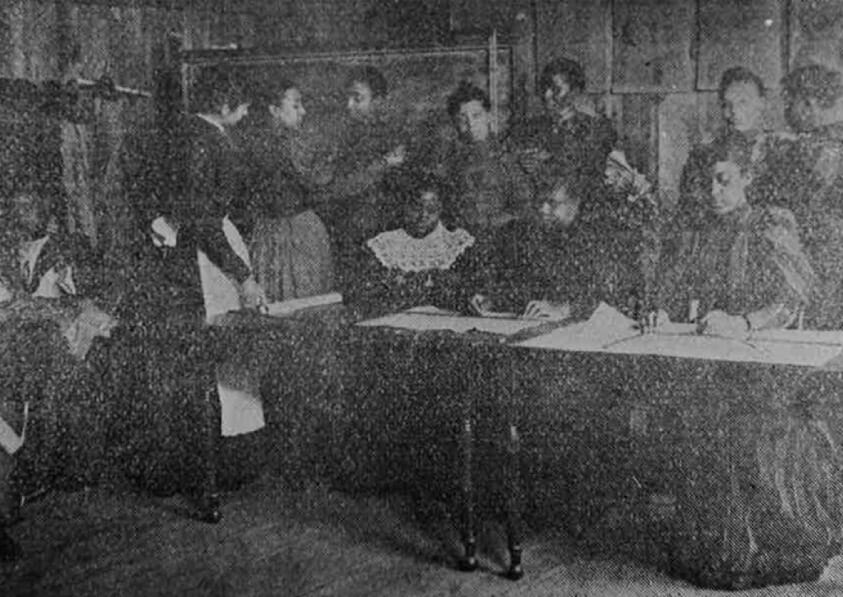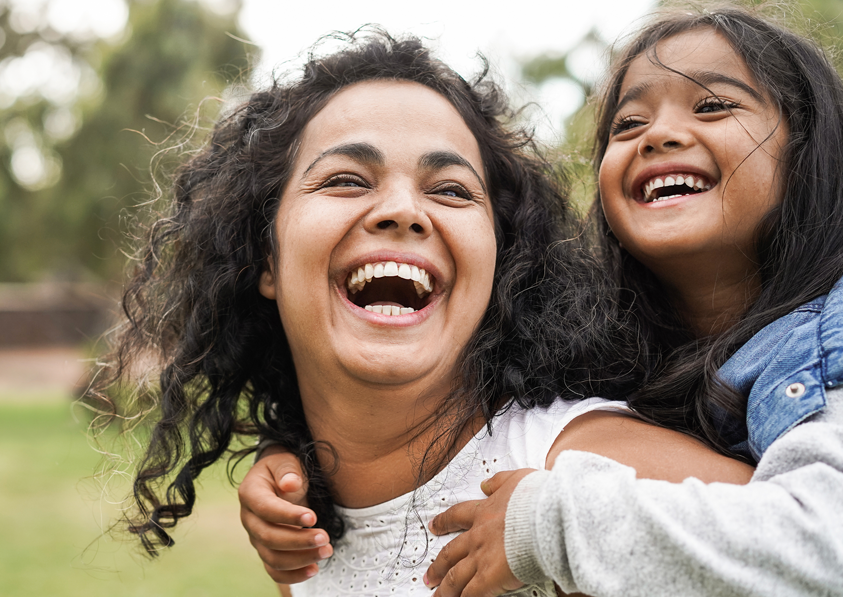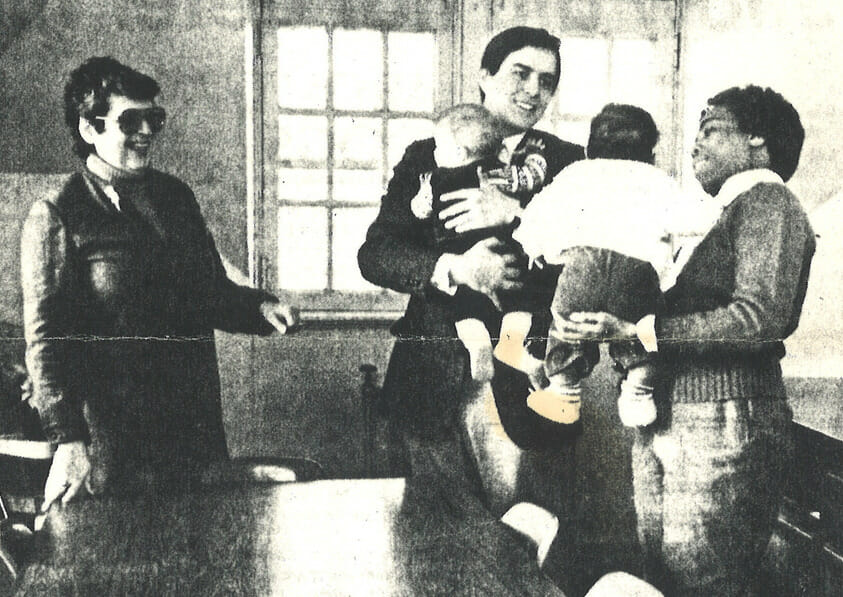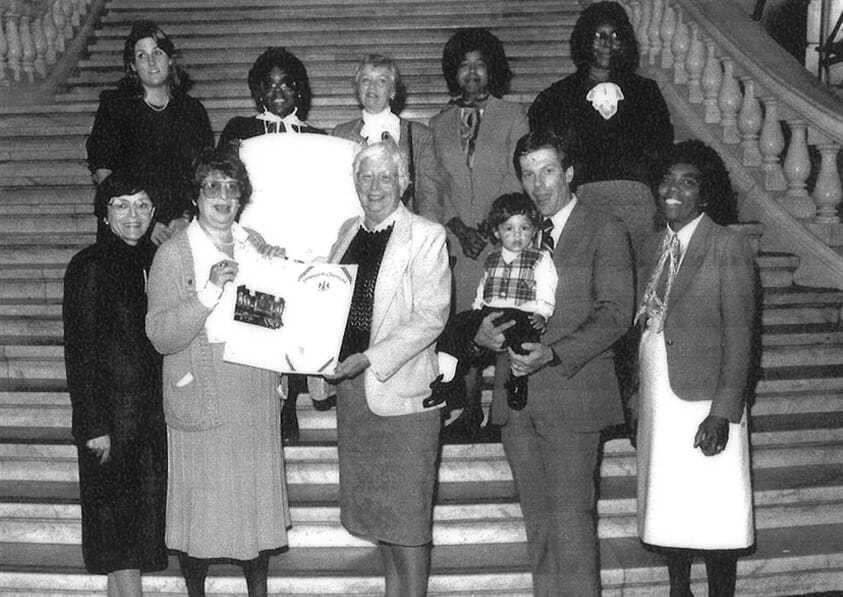TIMELINE
1822
- Founded on Quaker principles recognizing the inherent value of each individual in our society.
- Quaker and African American women led by Friend Ann Yarnall and Beulah Samson provide a home for children who had lost their parents in the city of Philadelphia.
- The first home was located on Noble Street.
- 30-50 children each year received a home and schooling, many of whom were the children of individuals who had been enslaved.


1829-1915
- The orphanage provided a home to boys and girls in the City of Philadelphia. In historical documents, the children and caregivers are referred to as “the family.”
- Out of necessity, the focus was placed on health issues as many children arrived sick and the lack of modern medicine led to high mortality rates.


1915
- Land was purchased from Cheyney Training School for Teachers (now Cheyney University) in Thornbury Township, Delaware County; two cottages and a school building were constructed; cottages named for Frederick Douglass and Phyllis Wheatley; the third building – the school building – was later named for Ann Yarnall.
- The focus was on providing education, training, mental health support, and, most importantly, a home for girls and young women
- Boys were served at nearby Sunnycrest Farm.


1916-1964
- The “shelter” increasingly modernized its service to girls.
- Greater emphasis was placed on education and cultural activities.
- Up to 31 girls were served at the “shelter.”


1965
- The name changed to “Friends Shelter for Girls” and our mission evolved to serve as a home for teenage girls.
- Focus on advocacy and overcoming resistance to having their girls attend local public schools.
- With the rise of foster care, only 17 girls were in care, the Board recognized the need to “apprise itself of community need and to examine its purpose.”


1966-1981
- During this time the shelter faced many challenges.
- The buildings at Cheyney were aging and Cheyney University was expanding.
- An agreement of sale was entered for a house on Dean Street in West Chester, however, community opposition prevented the sale
- In the summer of 1974, the shelter moved to the second floor of the YMCA building in West Chester.


1981
- The name changed to Friends Association for Care & Protection of Children.


1982
- The beginning of Friends Foster Care program began in 1981 with a request from Montgomery County Children’s Aid Society for special needs foster care for older children.
- With a rise in foster care, by Christmas Eve of 1982 there were no children in the shelter-Friends received a call from Chester County Cares asking if they could house a family with young children for the holidays.
- This led to the start of the family shelter program that continues today.


1982-1984
- Emergency housing program continues to assist during the housing crisis
- Bridge Housing Program started to help families locate, secure, and maintain housing stability at a permanent residence.
- The program started to help parents returning from detox and rehabilitation programs reunite with their children.
- The Clubhouse, a parent-child resource center located in the largest Federal Housing project in Chester County (Oak Street) provides onsite social services and enrichment to strengthen family life.


1985-1997
- In 1989 the YMCA closed the building that housed the shelter so that it could be sold to the History Center.
- The Kesher Israel Synagogue became available and was purchased to provide both office space and shelter for up to six families.
- In 1996 Friends purchased 128 East Chestnut Street to provide apartments for families making the transition from the shelter.
- Between 45 and 50 children were being served in Specialized Foster Care through Friends.
- In 1996, a new Special Needs Adoption Program was started with several foster parents in the process of adopting their foster children.
- The innovative Family to Family foster care program was started in Coatesville. The program with the goal of keeping children in their community of origin to reduce the trauma of relocation and to enable the birth family and foster family to work together as a team.


1997
- Friends Association celebrates 175 years of service.
- The organization provides foster care, adoption services, a family shelter, and transitional housing.


1997-2011
- In September of 2010, the transitional housing site, 128 East Chestnut Street became the emergency family shelter based on guidelines by the National Alliance to End Homelessness.
- The transitional housing program became the Home for Good, Supportive Housing Program partnering with landlords across the county to keep families in their homes through rental subsidies and eviction prevention.
- The agency began following the Housing 1st philosophy.
- The Board of Directors commissioned a year-long study funded by the Philadelphia Foundation to evaluate the agency’s programs.
- In July of 2010, the foster care and adoptions programs were transitioned to the Children’s Home of York as a result of the recommendations of the study.
- Friends Association offices moved to 113 West Chestnut Street and the agency aligned its mission to focus on preventing and ending family homelessness.


TODAY
We continue to build upon our founding Quaker principles of justice and recognize the inherent value and importance of everyone in our society through our work with families and children in Chester County.
While our mission has evolved over the years, we remain committed to keeping families together during times of crisis. We are working toward a vision where no family in Chester County endures the trauma of homelessness, and where inequities are addressed before a family is in crisis.
We are embarking on a compassionate and courageous community journey focused on four key areas: promoting systemic change, preventing homelessness, providing emergency housing, and partnering with families for stability.
This bold vision is achievable through justice-centered growth, innovative solutions, and a strong sense of community. It also takes the resources for new partnerships, more affordable housing, more support, and a new community-wide approach.


“As way opens”
